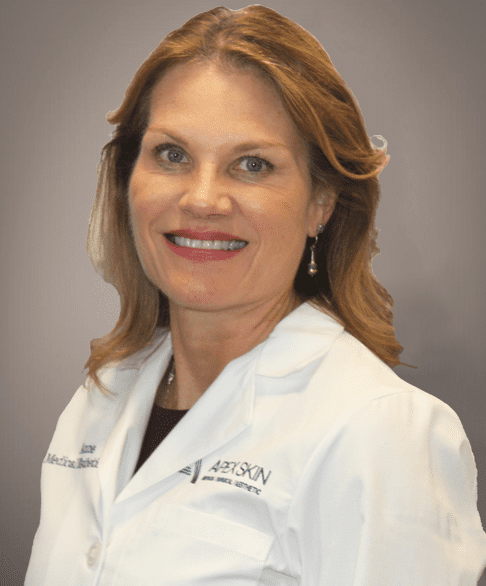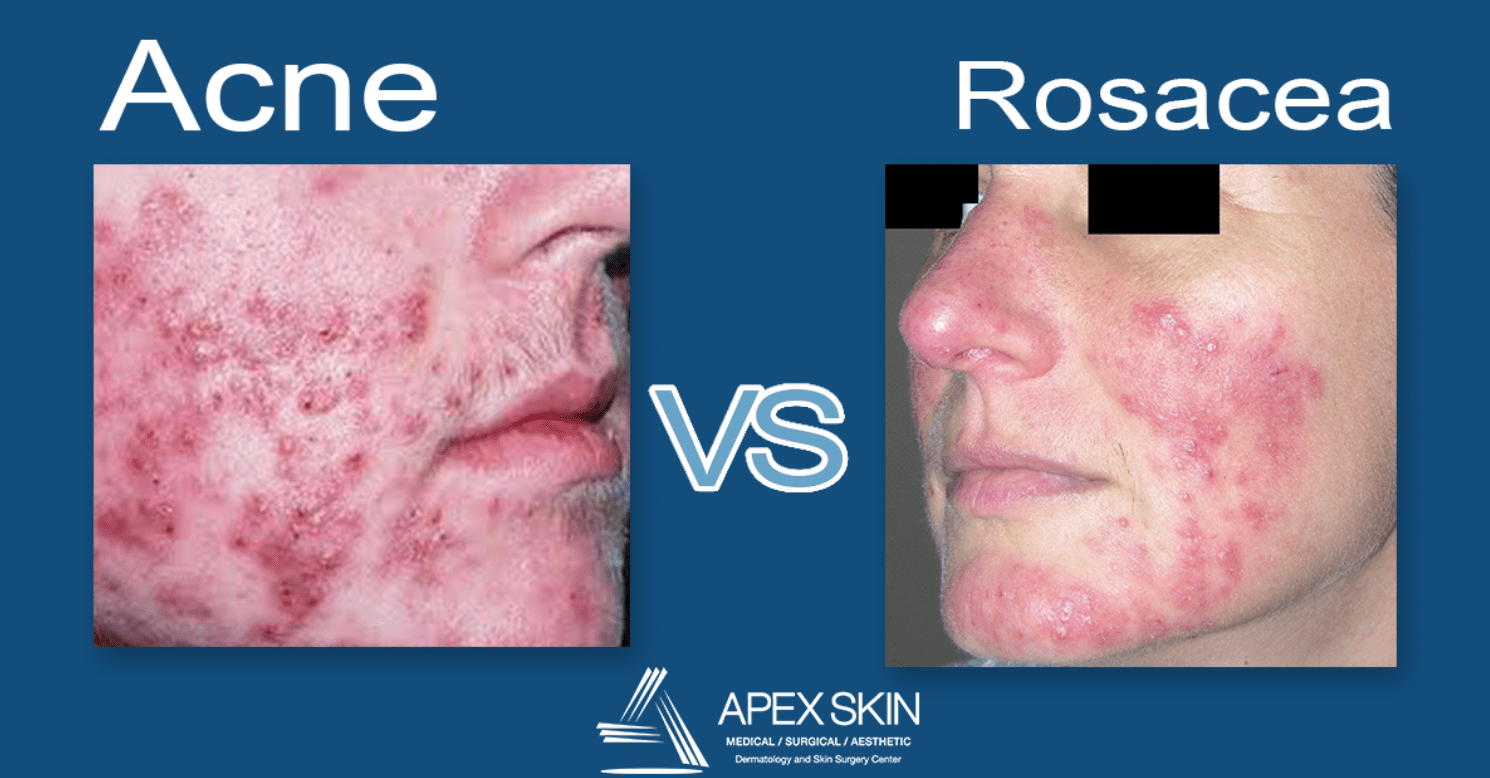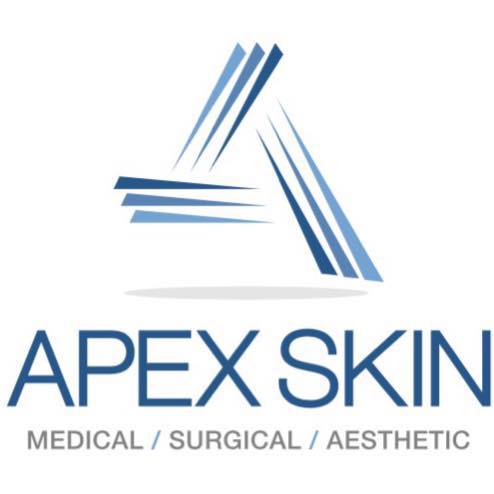Not all skin conditions are as they seem. While some may be obvious to the untrained eye…others can be a reason for much more concern and attention.
Common skin conditions like acne and rosacea, different viral rashes, and even poison oak versus poison ivy can all be confused for one another—and some are worse than others.
To help us correctly identify these commonly mistaken skin conditions is Apex Skin’s Marlise Fletter, CNP.
 About Marlise Fletter
About Marlise Fletter
As a board certified family nurse practitioner, Marlise began her career in family practice in 1997 with St. Joseph Medical Group in Fort Wayne, Indiana. She enjoyed 10 years building a firm foundation in family medicine while obtaining additional training in dermatology.
Marlise’s interests include cosmetic dermatology and general adult and pediatric dermatology, particularly skin cancer prevention, diagnosis and treatment of common skin ailments we’ll touch on in this blog post, including eczema, psoriasis, and acne.
Acne vs. Rosacea
Acne Vulgaris and Acne Rosacea are two common skin conditions that resemble each other and can affect adults.
What do acne and rosacea look like?
Both acne and rosacea are characterized by inflammation, papules and pustules (skin bumps). Acne occurs when hair follicles and skin pores become clogged with oil, dead skin and environmental debris.
What is acne?
Additionally, acne usually presents with comedones, either open (blackheads) or closed (whiteheads). Acne may cause scarring if left untreated. The causes of acne can be genetic or familial, hormonal, or bacterial, and it often presents heavily on the forehead, cheeks, and jawline. The chest and back may also be affected.
What is rosacea?
Rosacea differs from acne because inflammation, intense reddening of the skin, is the predominating symptom. The redness is caused by the dilation of superficial blood vessels in the face. There may still be papules and pustules, however, comedones are not present with rosacea.
Dry skin and itching are more common with rosacea. Also, rosacea usually presents over the central face (forehead, medial cheeks, nose, and chin). Specific triggers like sunlight, heat, alcohol, caffeine, spicy foods and strong emotions have been identified, which cause rosacea to flare. Controlling exposure to these triggers can improve the symptoms.
How are acne and rosacea treated?
Now that you’ve identified these skin conditions correctly, they must be treated uniquely, as they can’t always be treated the same way.
There are some treatments that will work with both acne and rosacea. However, some acne treatments will make rosacea worse. It’s important to see your dermatology provider to determine the best regimen for your condition.
 Sources: Stanford Medicine, stanfordmedicine25.stanford.edu, National rosacea Society, rosacea.org
Sources: Stanford Medicine, stanfordmedicine25.stanford.edu, National rosacea Society, rosacea.org



